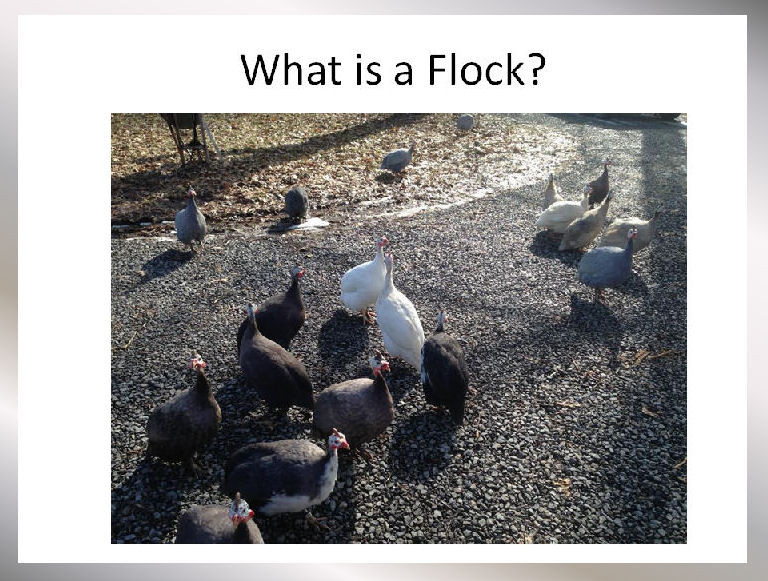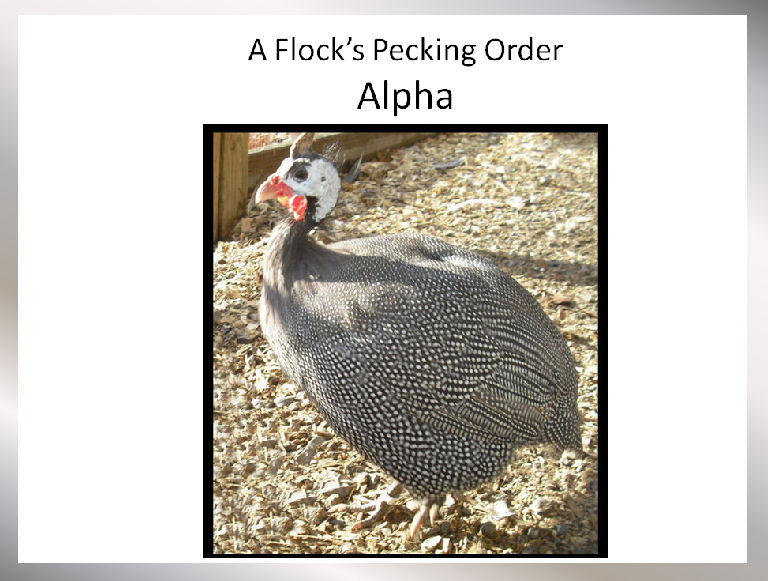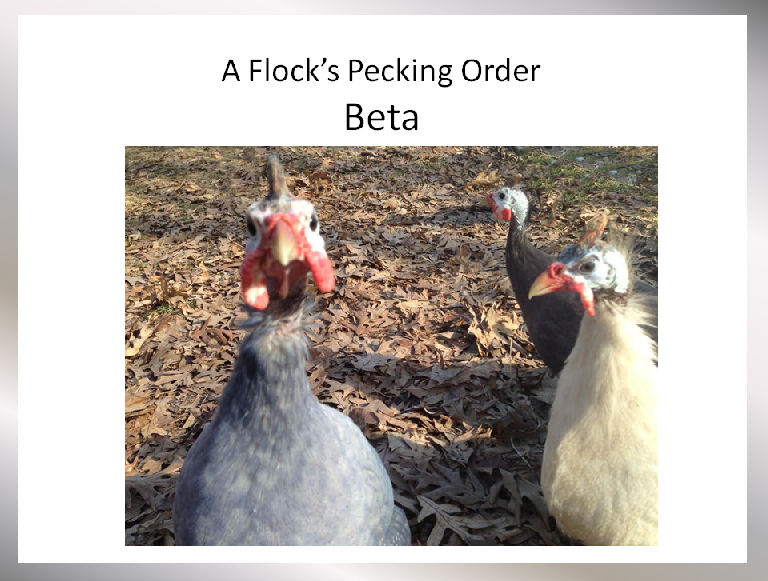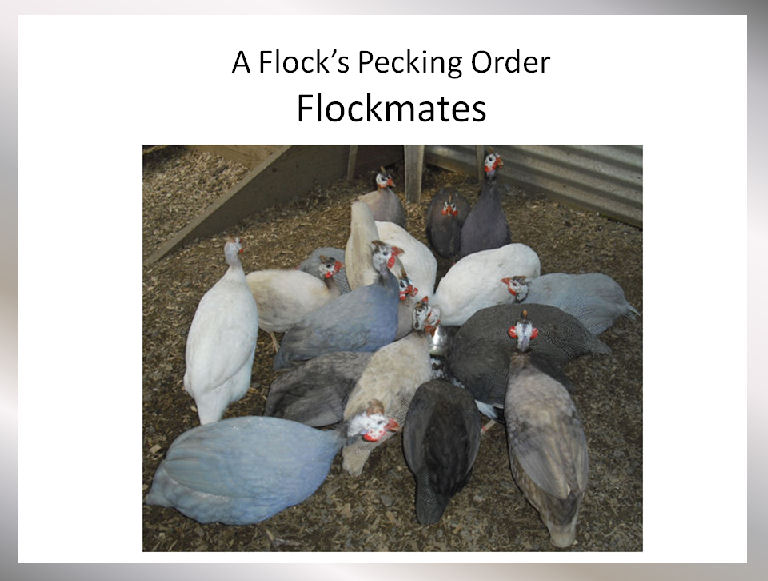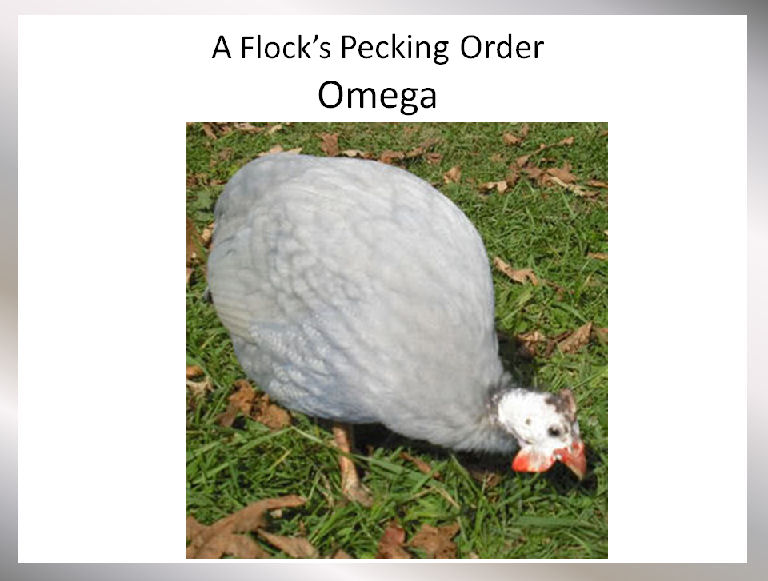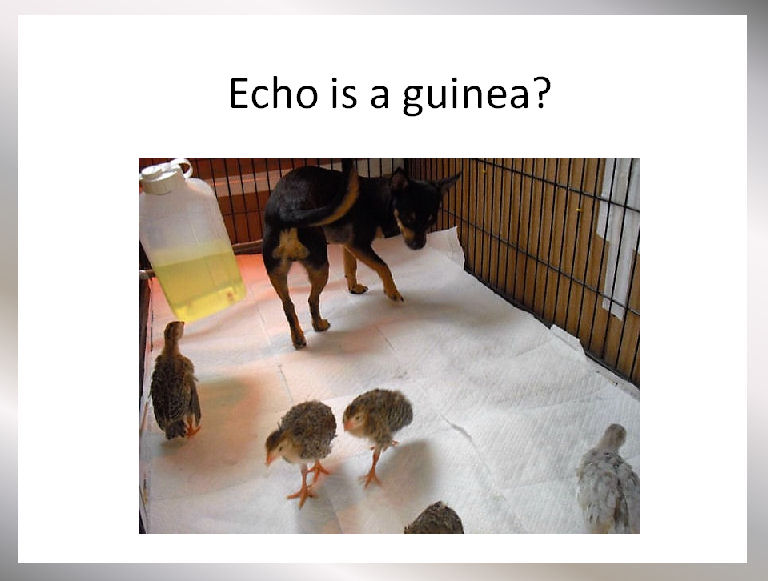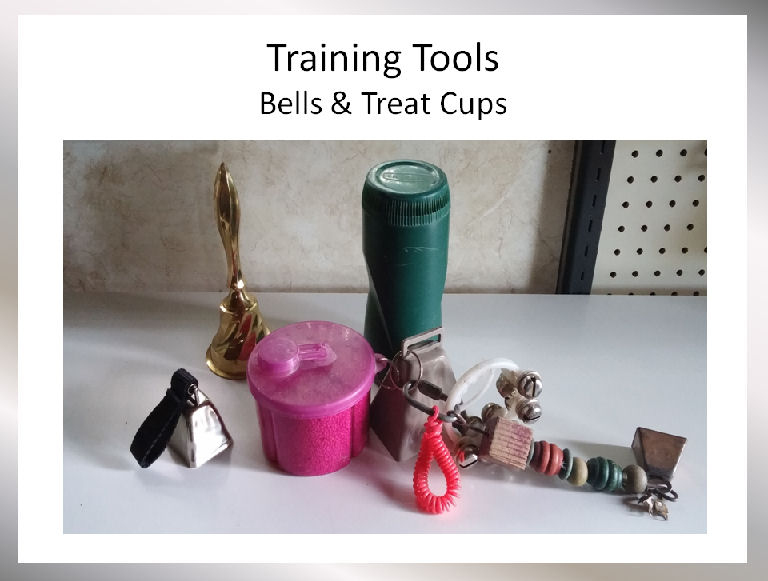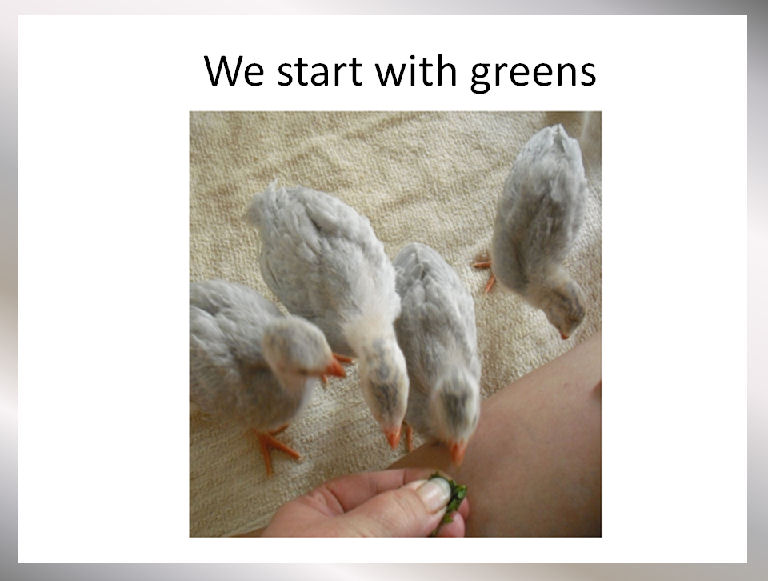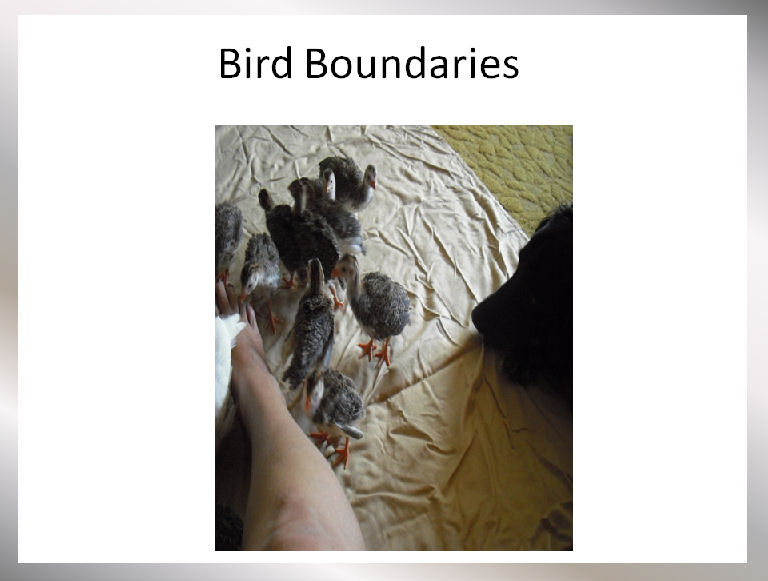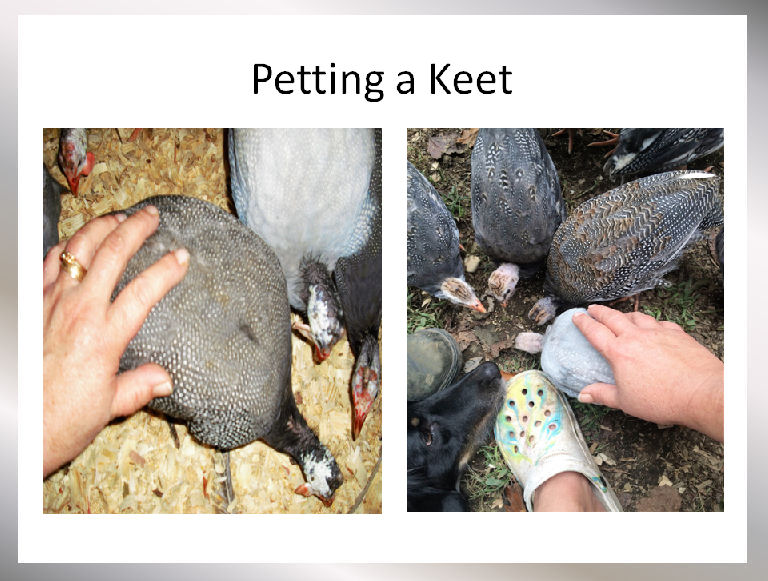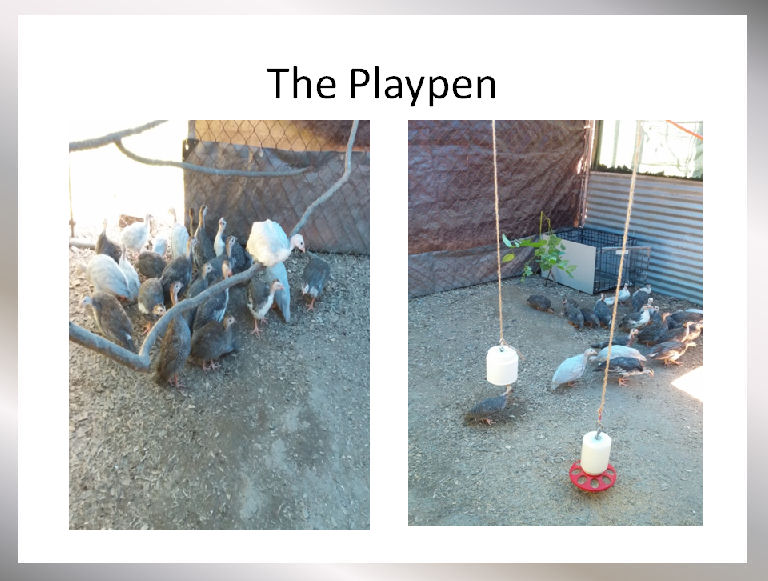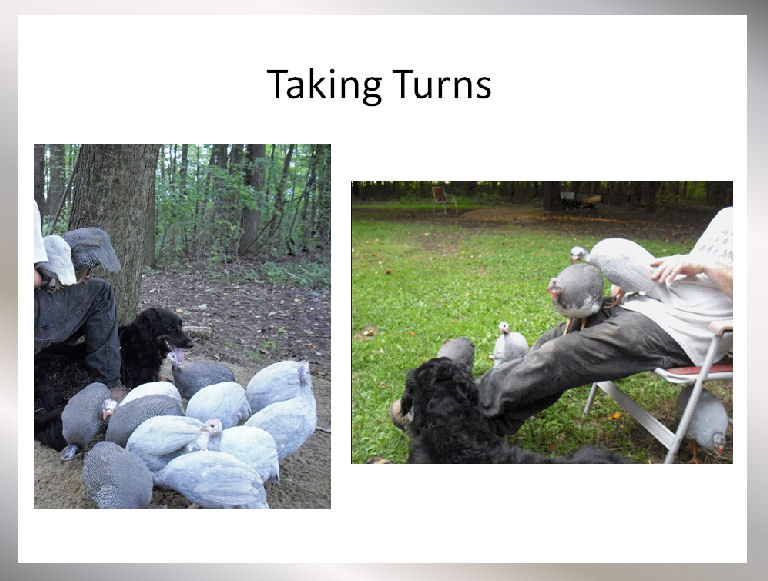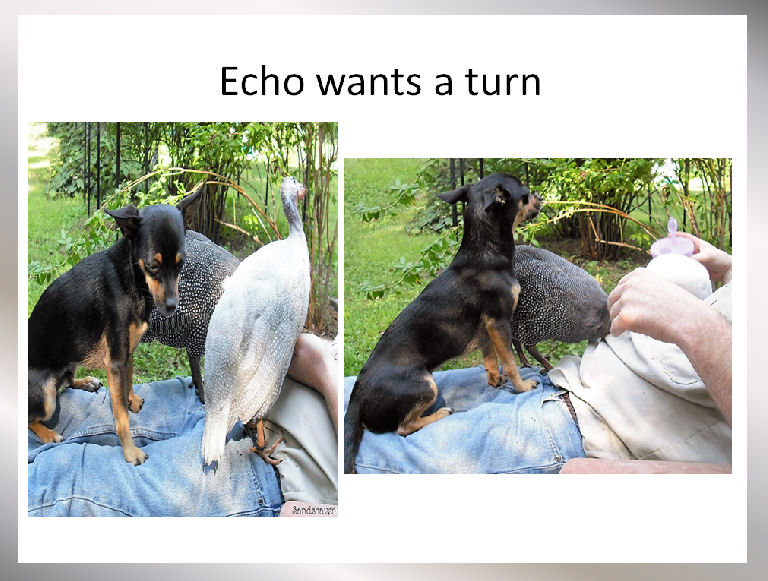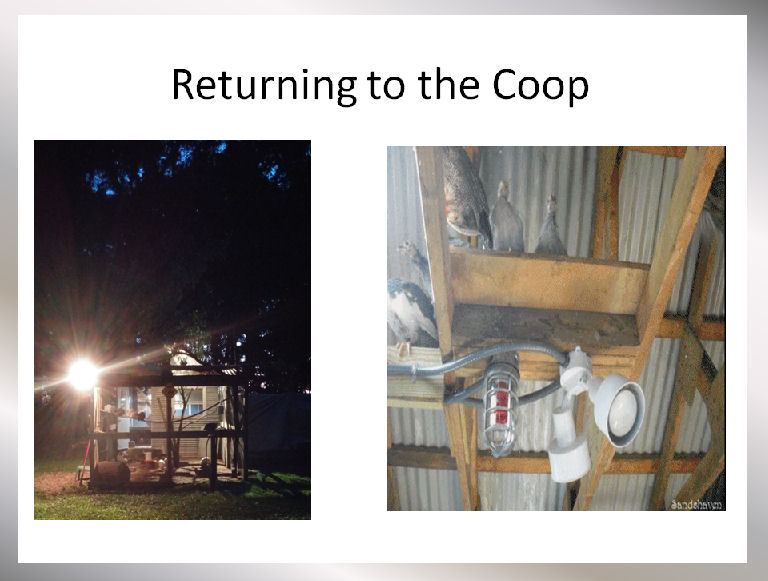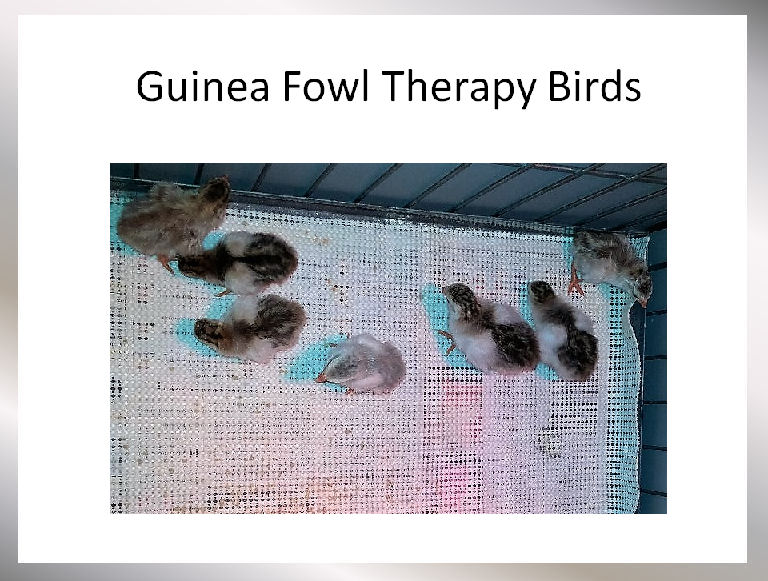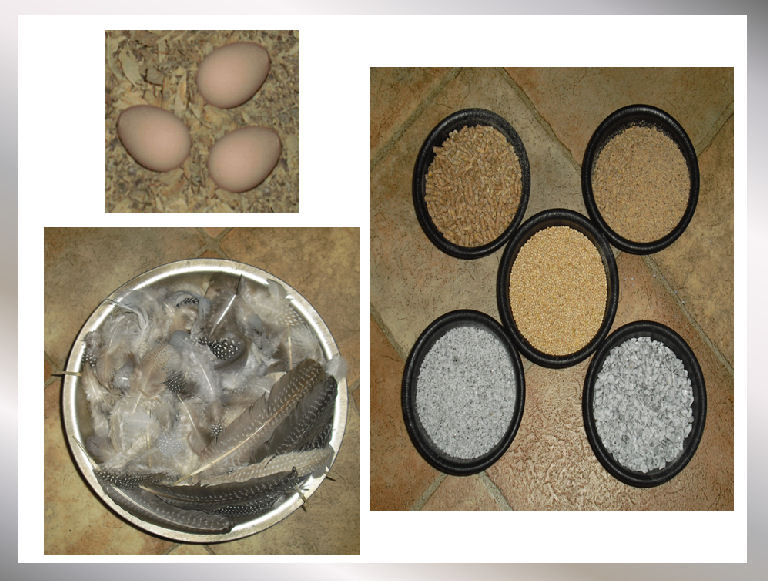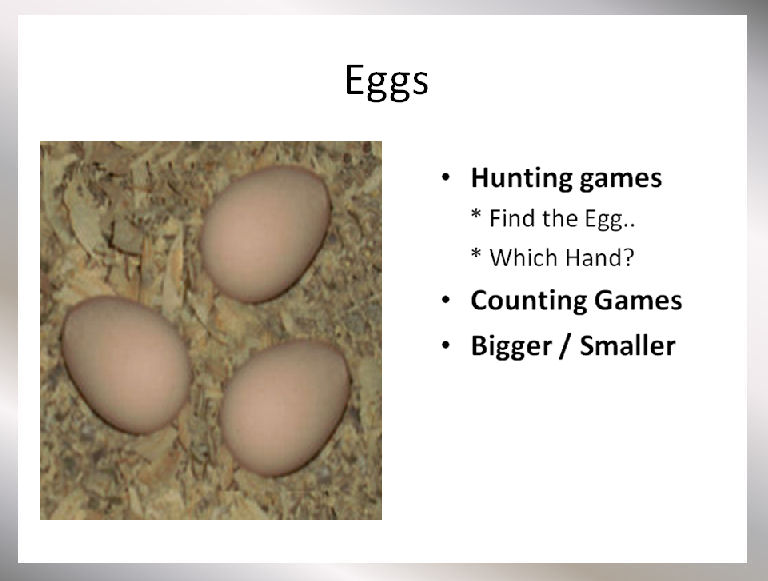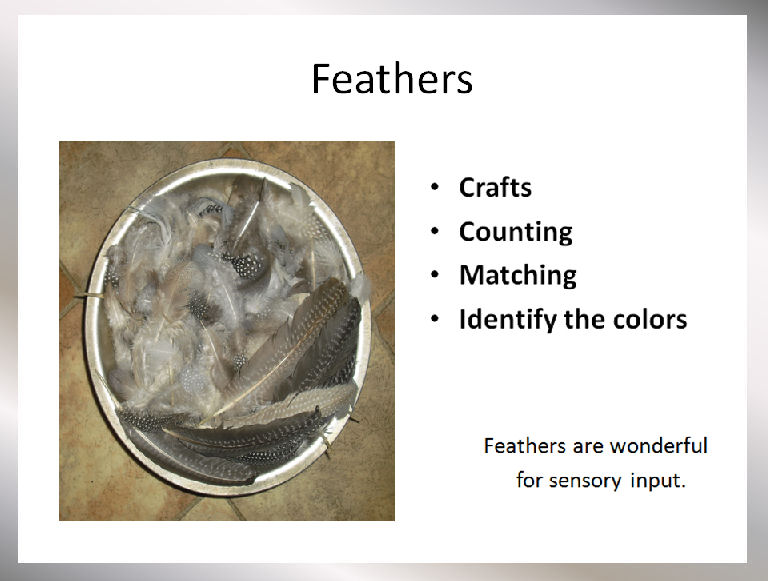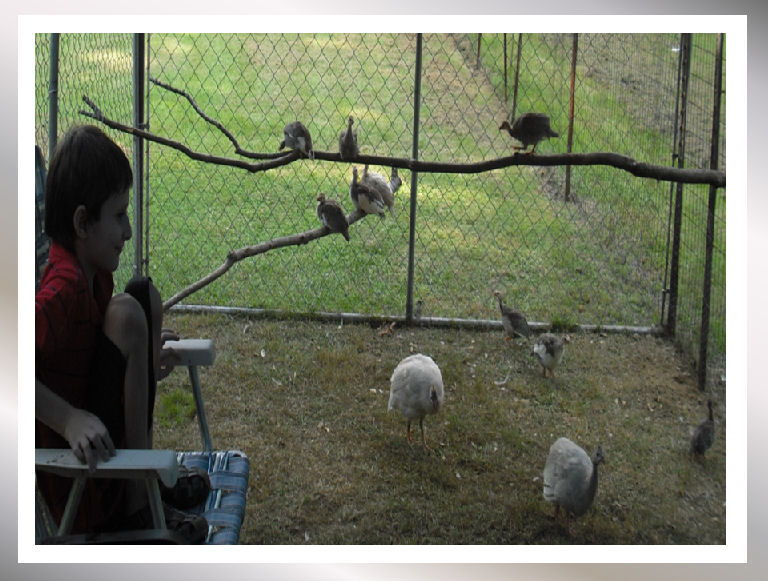What is a Flock?
A flock is a group of birds that live, travel, or feed together. In a flock there are different positions maintained by a dominance hierarchy, commonly known as a pecking order.
The expression - Pecking Order originated from a description of social behavior among flocks, which attack each other by pecking to establish rank.
The alpha is the highest ranking bird in the flock and is usually a male.. Though a female can also play an alpha role amongst the women of the group.
Alpha birds usually gain first access to food and other desirable items or activities. Alphas usually achieve their status by superior physical strength and aggression.
Beta birds often act as second-in-command to the reigning alpha and will act as the new alpha if an alpha dies or is otherwise no longer considered the leader of the flock..
The flockmates are the rest of the community.. The followers.. They make up the majority of the roles played in the flock but are still governed by the pecking order. Each birds knows its place in the ranks.
Omega is used to refer to the lowest member in the flock. Omega birds are subordinate to all others in the community,
and are expected by others in the group to remain submissive to everyone. Omega birds may also be used as the community scapegoat or outlets for frustration.
They are given the lowest priority when distributing food. And often they are held off from the flock to serve as easy prey for a would be predator..
In return giving the rest of the flock time to escape.
If you watch your flock closely you will be able to put them in their pecking order. Which will help greatly later on in different kinds of training.
Always keep in mind that if you add or lose a bird your flocks dynamic will change.. Sometime not much and sometimes greatly depending on the position
that bird played in the flock.
So be careful not to make many changes while training.
Always train your keets as the flock you want them to be. Guineas are flock birds and if you want them to act as a tame flock that’s the way they need to be
trained.
If you train only one or two you will find it will not work well. The trained ones will either revert back to wild, which is their natural instinct or they
will be shunned for being different from the rest of the flock.
So please train them all.
We start training our keets as soon as we get them. Training them to use a water nipple is our first concern. We show them the nipple and water when we
introduce them to the cage. After that, we keep tapping the water nipple numerous times during the day. Keets catch on pretty fast and usually have it mastered
by the first or second day. But don’t stop showing them till you hear them taping it on their own. If you can get one to use it they will usually all start.
During the first few weeks we start to socialize and gain the trust of the flock by spending quiet time letting them check us out.. Try not to freak your
flock out by chasing them around or picking them up a lot at first. They are on the wild side and patience means a lot with these little guys. If you take your
time soon they will be coming to the front of the cage to greet you. As you can see, Echo is always part of team.
And sometimes part of the flock. Echo loves the keets and actually lets us know when they are hatching. He can hear them in the shell way before we see
a crack.
We like training with bells. We always use the same bells and treat cups. We like the idea of bells because everyone can ring one. Which is beneficial if more than one person will be training or working with them,
If the person is non-verbal... Or if something happens to the regular care giver... Like a vacation, bad health, an injury, a new baby, work, school, etc...
We use dandelions, white millet and mealworms during training sessions. But any treat your guineas would like will work. We find ours will do more for white millet than anything else.
When they’re around 2 weeks we interact more with the keets. Hopefully at this age your keets are more comfortable with you and they run around the cage
freely when you are present. We start by tossing small pieces of dandelion greens and grasses into the cage. When they start to chase the pieces down..
We then begin holding the greens and making them come to us. This will take some time but all training does.
When they accomplish this and eat eagerly from our hands we introduce the treat cup and bells.
We fill our treat cup with white millet. We ring the bells and sprinkle some millet on a plate in the opening of the cage. We wait till they eat the millet..
Then shoo them back to call again with the bells.
Once they have the idea that the sound of the bells mean to come and results is a treat. We fill our hand with the seed and proceed to do the same thing..
Ring the bells they come to get a treat.. It may take them a little while to get up the courage to eat but in time they will be eating out of your hand
comfortably.
Once you accomplish them coming to you in the cage.. We move to out of the cage.. We put a sheet down and that’s their boundaries.
We do the same thing with bells as before calling them to us, giving a treat and shooing them back into the safety of their cage.
We use the bells to help keep them contained in their boundaries.. A good dog laying close by doesn’t hurt either.
Every time they start to get near the edge you call them back. Maybe even shoo them in... We keep doing this over and over till they get the idea that we set
the boundaries and that listening and staying in them results in treats.
By working with your flock this closely they will begin to trust you.
With trust comes the ability to touch. When we first start to touch them... We always start slowly with the back of our fingers. Guineas seem to be smart
enough to know you can grab them the other way.
Once again patience is the key.
As the trust grows between you and your flock soon you will be actually able to pet your keets.
Herding sticks can be made of anything that you can use to extend your arms reach. We like the plastic driveway markers that they sell but have used many
things over the years. Herding sticks are great to herd a flock that is not cooperating. Or to guide them where you want them to go. I myself do not use
herding sticks much since I am lazy and would rather ring a bell and have my flock come to me than chase them around with sticks.
But sometimes they are a life saver.
As your keet grows it is a good idea to work on going in and out of cages. This is helpful if you ever want to catch them. It is also helpful if you ever
want to take them to a show or exhibit.
We use the herding sticks to guide them into the cage at first but soon they go in on their own. Once they get used to going in and out we start to use the sm.
cage to move them out to the playpen.
A playpen is a wonderful place to continue training.. Our playpen is a 12’ x 12’ dog kennel wrapped with tarps and hardware cloth. It gives you more freedom to work with your flock..
To let them stretch their wings but still giving you control over them.
Now that we have their trust and attention we start to work on small tricks.. Like landing on your arm when asked for a treat.
We do this by touching the bird or saying their name, ringing the bell and tapping our arm. Followed by a treat.
Please keep in mind that they will grow big and grow fast.. Never train them to land on a part of your body that someday you will regret like your head, shoulders or back.
And always make sure it is on your command.
Guineas are able to learn to take turns but it is best if you know their pecking order before you start this activity. If you do it correctly it can be a lot of fun.
Even Echo joins in on the game... But really doesn’t like waiting.. Or white millet.
Your coop should be a place where your guineas feel safe and where they are comfortable. We always supply endless food and fresh water in the coop.
During the day we call our birds in and give them treats.
It is a good idea to teach them to always return to the coop... Lights will make your coop more inviting since guineas do not see well in the dark. We have our lights on timers.
Our white lights turn on at dusk. Then we have a red one that turns on about 15 minutes before bedtime then the white ones shut off. The red light will stay on till morning.
Using a red light doesn’t mess with their sleep pattern and it keeps them from breaking their necks during the night in cases of night fright.
How guineas can help people with autism. First I want it to be known that guineas are not a cure all.. an all around fixer.. As with any therapy it depends on
the situation. Most important the family has to enjoy animals / birds for this to be effective and it does take time and commitment.
We found that guineas helped bridge the gap between us and our son and over the years we have seen progress in the different children that interact with them.
Watching the keets chase each other in a wild frenzy while chirping sweetly catches the attention of all spectators..
Children of all ages love to watch them.. And as the birds grow and get louder the kids don’t seem to notice their excessive noise and clatter...
The guineas seem to help condition the kids to large crowds. Even being able to go to places that would have been impossible before.
All the kids like to call the birds with the bells... But we have noticed that the children that are non-verbal seem to enjoy it the most.
The smile on their faces is worth every minute of training.
We use the birds to take turns with the kids.. And to play games..
A lot of the children love to imitate them... Being able to make the different sounds remarkably well and actually understanding the meaning of their calls.
During therapy we use their eggs, feathers, feed, grit, and seed for numerous games and sensory needs.
Some of the games we play...
Eggs
Hunting game Find the Egg -- Which hand?
Counting Games
Bigger / Smaller
Feathers * Crafts * Counting * Matching
Can also be played with the actual guineas. Identify the colors
Great sensory input from touching them and watching them flutter to the ground.
Feed, Grit, & Seed
Sensory input
Turn taking
Bigger / Smaller
Since we started working with our therapy flocks.. We have reports that our students have increased attention span, more communication and social
interactions better self regulating and less aggressive behaviors.
All of our families seem to enjoy and look forward to their sessions. We are excited for the future and look forward to expanding.
Thank you for your time.
I hope you enjoyed yourself.
* Bio-Security
* Feed * Barnyard
* Our Flock * Shelter * Therapy
* Training * MEN's *
If You Wish to Contact Us Please Message, Sharon & Scott @
sandshaven.
Have a Great Day!
* Home * About Us *
Barnyard * Gallery *
Photography *
Shoppe * Links *
Woodlands
* Contact Us *
Copyright © 2002-2025 Sandshaven All rights reserved 